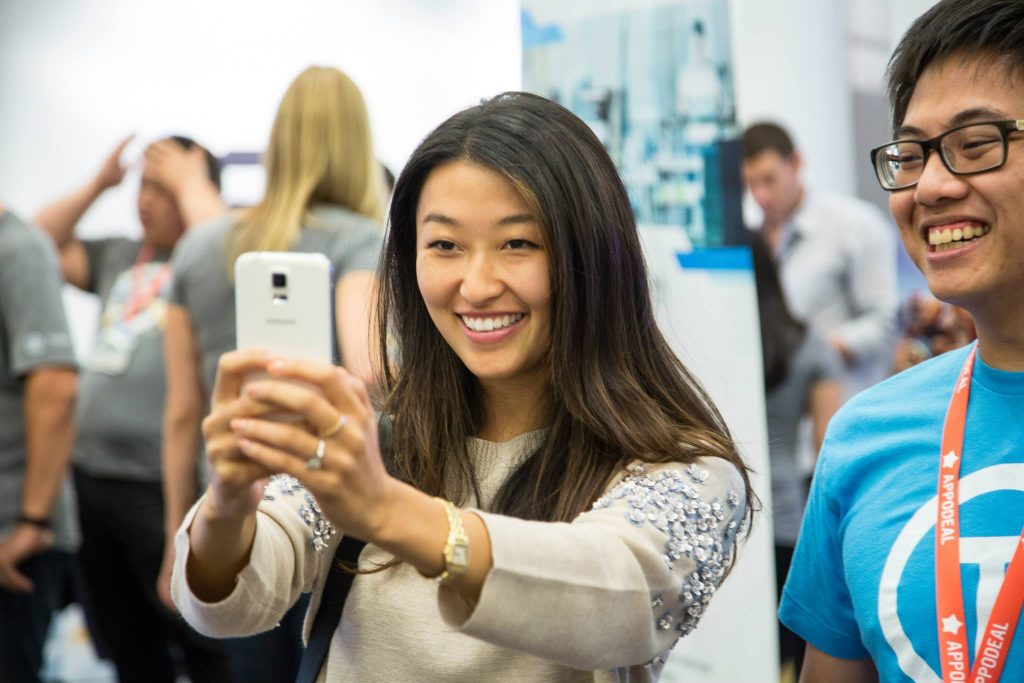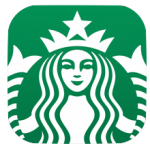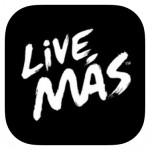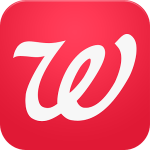
The incredible transition to the era of mobile over the past few years has resulted in a notable shift towards a mobile-first mentality for organizations large and small. According to the 2015 State of Marketing survey, 66 percent of responders said they are increasing ad spend in mobile applications this year, a clear indication that marketers have recognized this transition and understand the importance of connecting with users through this medium.
For many traditional brands, the transition to mobile has been reminiscent of the shift to the web in years past. After figuring out how to be successful online, brands are now fully invested in making sense of the rapidly changing mobile space. Too often traditional brands have fallen down a trap of creating apps that mimic their mobile site or focusing too much on extending marketing. While releasing an app definitely increases the awareness of the brand in the short-team, the question of how to keep users actively engaged, and eventually drive sales, continues to linger.
Successful branded apps focus on user experience and utility.
When you examine the most popular apps from major brands, you can see a pattern emerge. These apps give users a solid brand experience and, equally important, a branded utility. As illustrated in the following examples, brands that leverage the combination of user experience and utility are particularly successful on mobile.
Starbucks
Major win: Masters of experience and utility.
Starbucks is pretty much a poster child for how traditional brands can successfully integrate into the mobile ecosystem. The brand experience is as easy and intuitive to navigate as walking into a Starbucks store and the utility is ever present. Why fumble through your pockets for a Rewards Card, gift card and credit card when it’s all integrated in a single location? And now, in the beautiful Pacific Northwest, we can skip the waiting game with the new order-ahead feature and soon, delivery.
The perfect equation for brand experience and brand utility has done wonders for the Starbucks app. It’s the number one Free iPhone Food and Drink app and according to CEO Howard Schultz, the app has garnered 12 million active users and accounted for 15 percent of US sales in the 3rd quarter of 2014.
This screenshot below from MobileDevHQ displays cummulative user ratings for Starbucks’ iPhone app over the past month. Starbucks released a new version of the app in February that included the ability to reload your Starbucks Card with Apple Pay™ and as you can see by the wall of grey (5 star ratings), when you get the experience and utility right, high user approval follows.
Taco Bell Live Más
Major win: Capturing the Taco Bell brand experience.
Taco Bell released their app towards the end of 2014 and since then it has become widely popular and successful. The clean design and slick user interface have a youthful, energetic feel, and definitely speak to the target audience (think brand experience). The app itself provides an easy way to act on those Taco Bell cravings as you can sync your credit card for easy payment, customize and place your order, and then stroll over to the nearest Taco Bell to pick up your food in-store or at the drive-thru window. According to Yum! Brands CEO Greg Creed, since its release the app has garnered over 2 million downloads.
Walgreens
Major win: Simplifying the pharmacy.
Walgreens was one of the first pharmacies to break into the app stores. It has a beautifully designed one-stop application for all things Walgreens, including printing photos directly through your phone, compiling all coupons and promo codes into a central location and, more importantly, allowing customers to refill prescriptions by scanning their bottles (think utility). Since then, the Walgreens app has been at the forefront of Walgreens’ aspirations to move beyond just the pharmacy and convenience store. They’ve integrated medical devices into their app to reward users on healthy behavior and partnered with WebMD to provide users with digital health improvement programs. The app has evolved into far more than your standard retail app, which keeps users constantly coming back.
Bringing it all together
In some industries, the transition to the mobile app ecosystem has come more naturally – such as banking, and airlines. But in many industries, the transition has been slower. All three of these examples above demonstrate that when you have a strong blend of brand experience and brand utility as the premise of the app, the app will keep users actively engaged, and can serve as a reliable revenue driver. When diving into the mobile app space as a traditional brand, think about the experience you want to convey to your users and the specific utility you’re offering. Nailing these two can result in a successful jump into the mobile app ecosystem.
Like this article? Sign up for our blog digest emails.
Author
Becky is the Senior Content Marketing Manager at TUNE. Before TUNE, she handled content strategy and marketing communications at several tech startups in the Bay Area. Becky received her bachelor's degree in English from Wake Forest University. After a decade in San Francisco and Seattle, she has returned home to Charleston, SC, where you can find her strolling through Hampton Park with her pup and enjoying the simple things between adventures with friends and family.






These are great examples. It’s great to see more traditional brands start to take advantage of apps which take up such a large percent of users time on phones. I totally agree that having awesome design and creating a great UX is hugely important. Especially in the case of Taco Bell, the app has been a key part of what seems to be a large branding overhaul to bring the company into the 21st century.
Great post Dimitri!